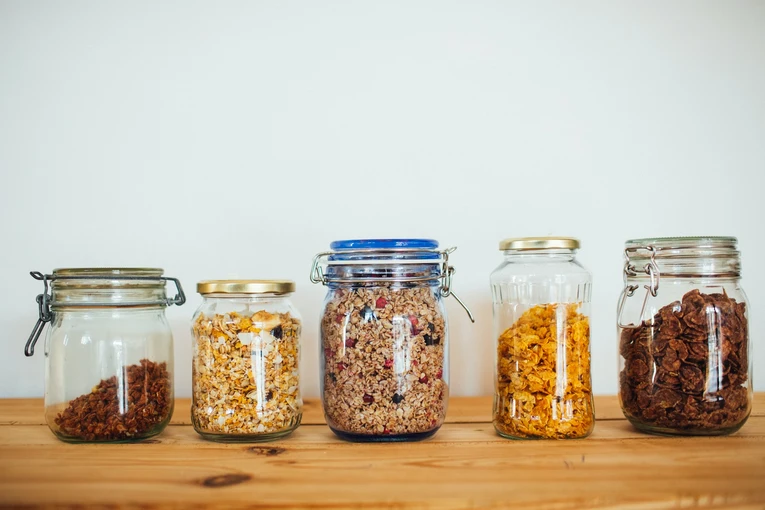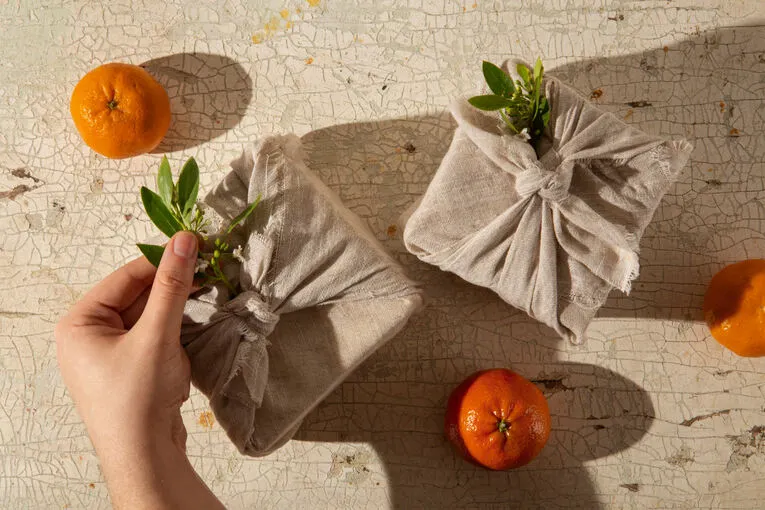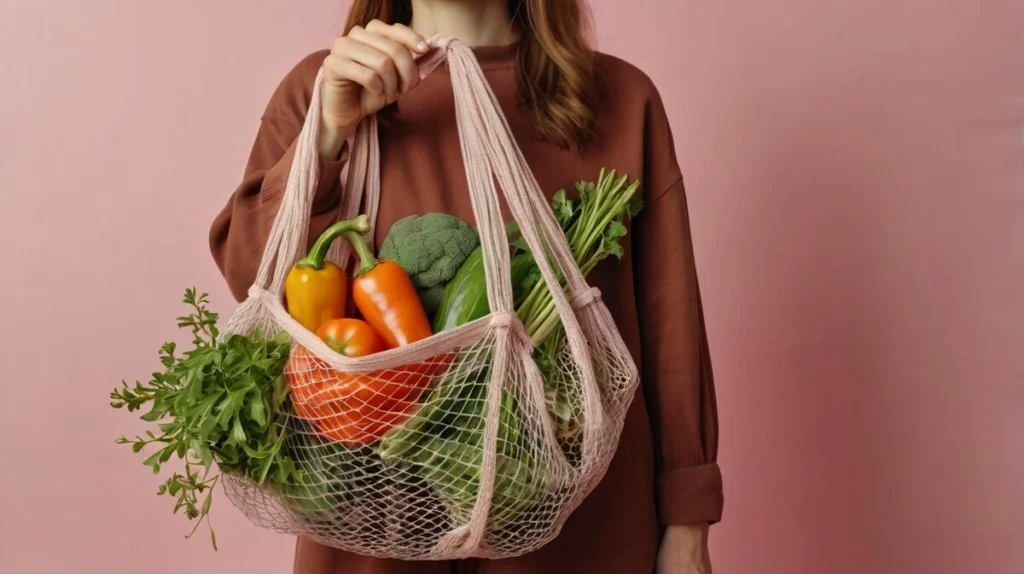Packaging is everywhere. From food wrappers to shipping boxes, nearly everything we buy comes in some form of packaging. Unfortunately, much of this packaging is single-use and made from materials that are harmful to the environment. Traditional packaging, especially plastics, can take hundreds of years to break down, polluting our oceans and ecosystems. However, as environmental awareness grows, so does the demand for eco-friendly packaging solutions.
Eco-friendly packaging isn’t just a trend—it’s a necessary shift toward a sustainable future. By using materials that are recyclable, compostable, or reusable, companies can reduce their environmental footprint and help protect our planet. Sustainable packaging offers numerous benefits, from reducing waste and emissions to conserving resources.
Why Eco-Friendly Packaging is Important
Eco-friendly packaging is important because it helps reduce the environmental impact of waste, conserves resources, and promotes sustainable practices. Traditional packaging often includes plastic and non-biodegradable materials that contribute to pollution and take centuries to break down.
Eco-friendly options, like compostable materials, recyclable paper, and biodegradable plastics, are designed to decompose or be reused, reducing waste in landfills. By opting for sustainable packaging, businesses and consumers can contribute to a cleaner environment by reducing their carbon footprint.
Using sustainable packaging attracts environmentally conscious consumers, which helps businesses create a positive brand image. When we choose eco-friendly packaging, we’re helping in reducing waste and keeping our environment clean. Want more tips to keep our environment clean?
With every eco-friendly choice, we help in preserving the Earth’s natural resources and promoting a more sustainable lifestyle.
What is Environmentally Friendly Packaging?
Environmentally friendly packaging refers to materials designed with minimal impact on the environment. These packaging options often use renewable, recyclable, or biodegradable materials to reduce waste and pollution. Unlike conventional packaging that relies heavily on plastics and non-renewable resources. Eco-friendly alternatives prioritize sustainable materials such as recycled paper, biodegradable plastics, and plant-based options like bamboo or cornstarch.
Environmentally friendly packaging reduces excess material usage and often promotes a circular lifecycle where products can be reused, recycled, or composted.
By choosing sustainable packaging, companies and consumers help lower carbon emissions, conserve natural resources, and decrease the strain on landfills. This shift towards eco-friendly packaging reflects a growing commitment to environmental responsibility, as more businesses and individuals seek solutions that support a cleaner, healthier planet.
How Does Sustainable Packaging Help the Environment?
Reduces Landfill Waste: Traditional packaging, especially plastic, often ends up in landfills, where it can take hundreds of years to decompose. Eco-friendly materials like compostable and biodegradable options break down naturally, significantly reducing the volume of waste in landfills.
Minimizes Plastic Pollution: Plastic pollution is one of the biggest environmental issues today, with millions of tons of plastic waste ending up in the oceans each year. Sustainable packaging reduces the reliance on single-use plastics, helping to cut down on this pollution.
Saves Energy and Reduces Emissions: Producing packaging from recycled materials generally requires less energy than making it from new resources. Lower energy consumption translates to reduced greenhouse gas emissions, which helps combat climate change.
Protects Wildlife: Wildlife often accidentally consumes or becomes entangled in plastic waste. Eco-friendly packaging that decomposes naturally or is non-toxic helps protect animals from harm.
Promotes a Circular Economy: Sustainable packaging plays a crucial role in fostering a circular economy by promoting the recycling, reuse, and composting of materials. This practice ensures that valuable resources remain in circulation, preventing them from being discarded after just one use.
Environmentally Friendly Packaging Materials
1. Recycled Paper and Cardboard
These materials are among the easiest to recycle. Made from paper pulp, they can be reused multiple times, reducing the need for new paper production and saving trees.
2. Bioplastics
Unlike traditional plastic, bioplastics are made from renewable resources like cornstarch and sugarcane. They are biodegradable and emit fewer greenhouse gases during production.
3. Glass
Glass is fully recyclable and reusable and doesn’t degrade in quality even after multiple recycling cycles. It’s a great option for food and beverage packaging.

4. Aluminum
Lightweight and infinitely recyclable, aluminum is ideal for cans and certain types of containers. Recycling aluminum requires only a fraction of the energy used to produce it from raw materials.
5. Compostable Plant-Based Materials
Materials such as bagasse (sugarcane residue) and mushroom packaging can decompose naturally and enrich the soil, providing a sustainable end-of-life option for packaging.
Eco-Friendly Alternatives to Traditional Packaging
1. Beeswax Wraps
Reusable and biodegradable, beeswax wraps are an excellent alternative to plastic wraps for food storage.
2. Recycled Fabric Bags
Fabric bags made from recycled textiles provide a durable, reusable option for packaging, reducing the need for disposable plastic bags.
3. Compostable Food Containers
Made from plant-based materials like cornstarch, compostable containers are a sustainable alternative to Styrofoam and plastic.
4. Cornstarch Packaging Peanuts
These are biodegradable replacements for Styrofoam packing peanuts, used to protect items during shipping.
5. Edible Packaging
This innovative approach involves packaging made from edible ingredients, like seaweed, which can be consumed after use, eliminating waste.
Eco-Friendly Packaging for Food
Food packaging must be safe and sustainable, making it challenging to find eco-friendly options that meet health and durability standards. A few popular choices for sustainable food packaging:
- Beeswax Wraps: Made from organic cotton coated with beeswax, these wraps are reusable and can safely store perishable items.
- Compostable Containers: Containers made from bagasse or bamboo are popular for takeout food, as they are compostable and break down naturally.
- Reusable Glass Jars: For items like sauces, beverages, and spices, glass jars offer a long-lasting, reusable option that can be recycled when needed.
- PLA-Based Containers: PLA (Polylactic Acid) containers are made from renewable resources like corn starch and are biodegradable under industrial composting conditions.
Environmentally Friendly Packaging Ideas

Sustainable packaging doesn’t have to be boring. Here are some creative eco-friendly packaging ideas that are both functional and visually appealing:
- Seed-Infused Paper: After use, seed paper can be planted to grow flowers, herbs, or vegetables, creating a memorable experience for customers.
- Minimalist Packaging: By using fewer materials and designing compact packaging, brands can reduce waste and create a sleek, modern look.
- Fabric Wraps: Inspired by the Japanese tradition of furoshiki, fabric wraps can be used to package gifts or products, and customers can reuse the fabric for other purposes.
- Recycled Plastic Bottles for Packaging: Some companies use recycled plastic to create durable packaging, especially for personal care products like shampoos and conditioners.
Environmentally Friendly Packaging Design
Environmentally friendly packaging design balances function with sustainability, focusing on both purpose and practicality. Key principles drive its impact and appeal.
Simplicity is essential in sustainable packaging. Minimalistic designs use fewer materials and help lower the waste and the production costs. This approach is both efficient and environmentally friendly.
Multi-functionality enhances the value of packaging by allowing it to be repurposed for other uses. For example, boxes that can be reused for storage or bags that double as tote bags inspire consumers to keep them, reducing waste over time.
Recyclability is another critical factor. Clear labeling on recyclable materials helps consumers dispose of packaging responsibly. When packaging is easily recyclable, it increases the chance of it being processed into new products, supporting a circular economy.
Lastly, compact packaging reduces the material needed and optimizes space, helps save energy during transportation. Compact packaging requires fewer resources and lowers emissions, making it practical and eco-friendly.
Sustainable packaging design is a powerful tool. Not only does it support environmental efforts, but it also resonates with consumers who value thoughtful, responsible products. By focusing on simplicity, multi-functionality, recyclability, and compactness, brands can align their values with their customers.
Conclusion
Eco-friendly packaging is a powerful step toward a sustainable future. Using biodegradable, recyclable, and reusable materials, helps drastically reduce waste and lessen our impact on the planet. Sustainable packaging benefits the environment and meets the rising demand for green products among consumers. From biodegradable wraps to compostable food containers, a wide range of environmentally friendly packaging solutions exists, enabling businesses to make responsible choices.

Pingback: Non-Hazardous Waste - Impact and Management -
Pingback: Sustainable Fabric Materials: A Guide to Eco-Friendly Fashion -